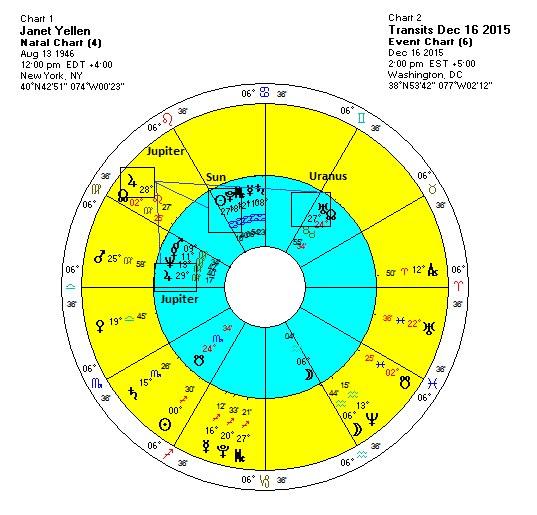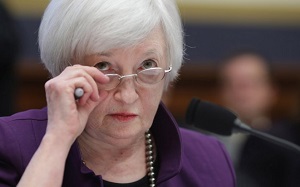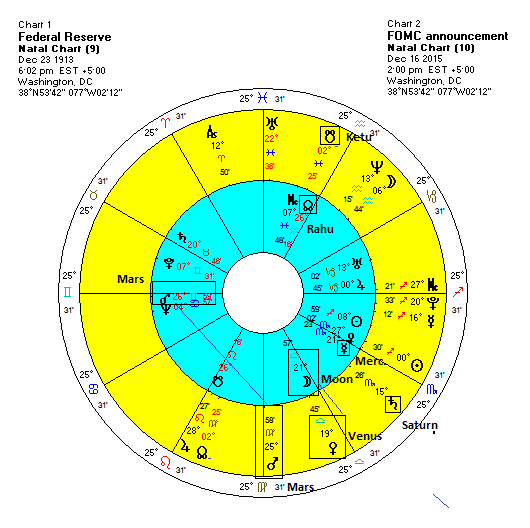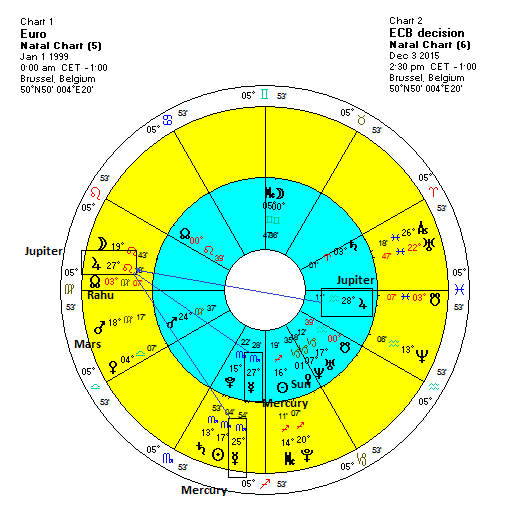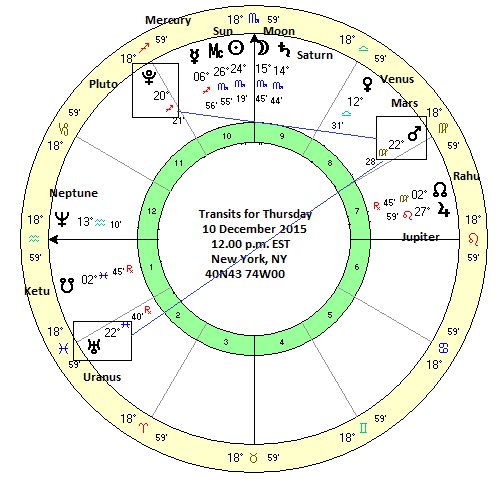 (28 December 2015)
It is very tough times for the oil industry these days. After trading
north of $100 a barrel for much of the past five years, crude oil prices
have collapsed since mid-2014 as OPEC increased supply while demand has
fallen off a cliff. Brent crude and West Texas Intermediate now both
trade for less than $40, a level last seen in the depths of the economic
meltdown in 2008. The decade-long bull market in commodities like oil
was closely tied with the emergence of China as an economic superpower
but now that China is slowing, crude oil is suddenly much less
valuable.
(28 December 2015)
It is very tough times for the oil industry these days. After trading
north of $100 a barrel for much of the past five years, crude oil prices
have collapsed since mid-2014 as OPEC increased supply while demand has
fallen off a cliff. Brent crude and West Texas Intermediate now both
trade for less than $40, a level last seen in the depths of the economic
meltdown in 2008. The decade-long bull market in commodities like oil
was closely tied with the emergence of China as an economic superpower
but now that China is slowing, crude oil is suddenly much less
valuable. The recovery of the US Dollar since 2014 is another part of the story since oil is priced in Dollars. And if that wasn't enough, the historic climate change agreement recently signed in Paris suggests there may be a long term move away from fossil fuels. While carbon taxes and pledges to cut oil consumption may not have an immediate impact on prices, it is an added source of concern for the oil industry. Is the sun really setting on crude oil and will prices keep falling as energy use shifts away from fossil fuels? And will a prolonged economic slump also depress prices as recent OPEC reports have suggested? Let's see what the stars say.
Previously, I have made some price forecasts based on the US-based WTI chart. This week I thought I would revisit the oil question using the Brent horoscope. Brent crude (from the North Sea) was first traded on the NYMEX exchange in New York on September 5th 2001. The time of the first trade is a matter of some debate, although we may use 9.30 a.m. for the moment.
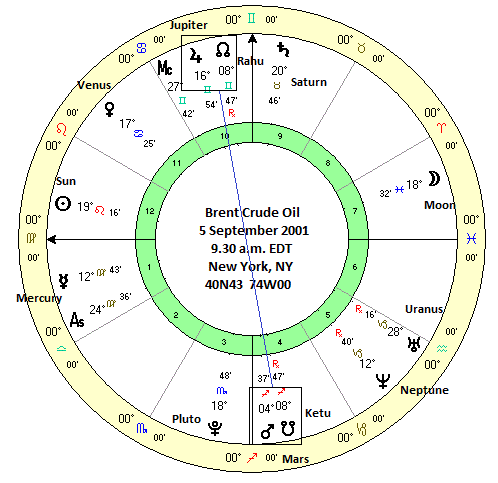
What is striking about this chart is how the dasha sequence does seem to offer some insights on previous price movements. Since it's first trade in 2001, Brent crude has been in the Mercury major dasha period. This period will continue until April 2016 when the Ketu major dasha period will begin. Mercury is a benefic planet by nature and it is well placed in the chart in the 1st house in its own sign of Virgo opposite the Moon. This long term Mercury influence is one reason why prices have generally been elevated for most of this period. In 2001, Brent was trading at $26. Despite the recent bear market decline, it is still well above that level and hence essentially validates that benefic Mercury influence.
Even more telling, however, are the effects of the minor dasha periods. What would we expect from these shorter minor periods? One of the core principles of the Vedic approach to financial astrology is that we would expect price increases during the minor periods of benefic planets like Venus and Jupiter and declines during the periods of malefics like Mars and Saturn. We might also adjust those expectations depending on the specific condition of each minor dasha lord in the chart.
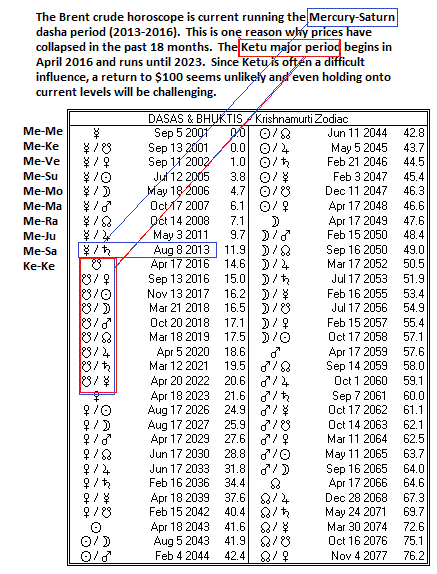
Here we can see how clearly the planets appear to correlate with price movements. The Venus minor period (Mercury-Venus) ran from September 2002 to July 2005 and should have been quite positive since both Mercury and Venus are benefic planets and Venus is well-placed in this chart in the 11th house symbolizing gains. Venus loses some of its possible upside impact perhaps from the 3rd house/sextile aspect from malefic Saturn but it still looks good overall. Not surprisingly, the price of Brent doubled in this three-year period from $28 to $57.
Prices continued to generally rise through the Sun and Moon minor periods from 2005 to 2007 as the Mercury-Moon ended when prices had risen above $80. While the Sun is usually treated as a natural malefic in Vedic astrology, I have found it to be a more neutral influence. In the Brent horoscope, the Sun is in the 12th house of loss (not good) but it is strengthened because it is in its own sign of Leo. The Moon is a benefic and is further strengthened because it is aspected by Mercury and it rules the 11th house of gains (Cancer). It does receive an aspect from Mars so that can create some problems (e.g. the sharp decline in late 2006) but overall it looks fairly well-placed.
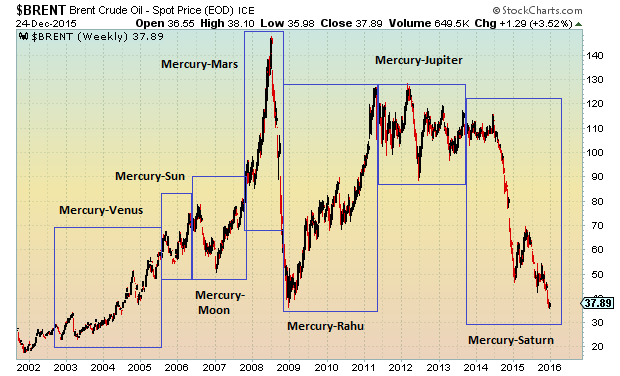
The Mercury-Mars period is perhaps the most complex. A lot happened during this period from October 2007 to October 2008. Prices went parabolic in early 2008 and created a what is known as a "blow-off top" which was then followed by a shocking decline in prices towards the end of 2008 as the financial markets crashed. Mars is a malefic, of course, so we can't be too surprised that the net outcome of its period was in fact a decline. Moreover, it is closely conjunct Ketu in the 4th house which is another malefic planet in this context. So the awkward question is: how could prices have temporarily exploded higher to $147 by July during this supposedly malefic Mars minor period?
First, I think it is important to remember that dashas do not explain everything. No single astrological factor can do that. Dashas are still subject to the varying influences of transits, progressions, returns, and any number of other factors we might bring into consideration. Secondly, Mars does have some strength and ability to do good in this chart due the aspect it receives from Jupiter. Also Mars is placed in Sagittarius, which is a sign ruled by Jupiter. So that double Jupiter influence should be seen as a mitigating factor on Mars and hence, on its minor dasha period from Oct 2007 to Oct 2008. But the bottom line was that Mars was malefic as prices fell during its period: the Mars period began in Oct 2007 with Brent at $85 and it ended in Oct 2008 with Brent at $65 and falling fast.
Mercury-Rahu then followed and lasted into May 2011. Prices bottomed in December 2008 just after the Mars minor period ended, and then began a major bull market. Also a natural malefic, Rahu is often positive for material things like prices, money, status and the like. This is all the more likely when it is associated with a benefic planet as it is here through its conjunction with benefic Jupiter. The Rahu minor period was therefore very likely going to correlate with a gain and indeed prices almost doubled for the duration of this period from $65 in October 2008 to $115 in May 2011.
Mercury-Jupiter came next and ran from 2011 until Aug 2013. Jupiter is benefic and hence its influence is usually bullish. In this case, however, prices only went sideways, staying around $110. Jupiter's conjunction with Rahu is one possible reason why its period may have underperformed. So while Rahu benefited from its association with Jupiter, Jupiter may have been burdened somewhat by its association with Rahu. This is one reason why prices did not climb further during the Jupiter minor period. We can at least say that prices did not fall.
And the final dasha period here is Mercury-Saturn. Saturn is perhaps the most malefic planet and its periods are more likely to create problems, although here too they can be ameliorated if associated with good planets. But that is not the case here as Saturn is by itself in the 9th house and opposite Pluto, another unhelpful influence. Prices crashed during this Saturn minor period from $110 in August 2013 down to their current $37. We still have four more months of this Saturn period before Ketu begins in April. It is important to note that prices could still recover somewhat in early 2016 without invalidating this negative Saturn effect. The logic of Saturn's bearish dasha period would still obtain as long as Brent remained well below $110 by April 2016, and that seems quite likely.
But the outlook doesn't seem very good for Brent during the upcoming Ketu period. Ketu is often negative influence on prices as it is seen as a more non-material or spiritual sort of energy. The added problem here is that Ketu is with Mars. This could make Ketu's 7-year long period quite difficult. To be sure, there is the aspect from Jupiter which may provide for some upside along the way, but the outlook seems to confirm the more bearish forecasts that are out there on crude prices.
That said, I would still expect a significant rally in crude during the Ketu-Venus period between September 2016 and November 2017. Venus was very bullish during the previous Mercury period and I would expect more strength during its minor period here. The Ketu influence may limit the gains, of course, but the trend is more likely to be positive.
But what about the long term? Will concern over climate change promote the shift away from oil and other fossil fuels? Based solely on the dashas, I would say that any movement away from fossil fuels will take place gradually and in a way that does not depress prices. The Venus major dasha period is due to begin from 2023 and last for 20 years until 2043. Venus should be bullish for Brent prices so I would expect a significant gain to take place during that 20-year period. It is still possible that the world will gradually move away from oil but for other reasons, prices will be fairly high. This suggests some combination of falling supply (e.g. interruption of Middle East oil) and rising demand (e.g. global economic recovery). Another scenario would be that supply may be restricted through climate change agreements, so that could also be a way that prices move higher in the long term.
One important caveat here is that I am only considered dasha periods in this analysis. A complete investment analysis would require proper consideration of other factors such as transits and dashas. For more specific oil price forecasts that have a short and intermediate term focus, readers are welcome to subscribe to my weekly investment newsletter.
Weekly Market Forecast
Stocks moved higher ahead of the Christmas holiday last week. US stocks climbed more than 2% with the Dow finishing at 17,552 while India's Sensex added more than 1% closing at 25,838. This outcome was somewhat more bullish than I expected in last week's market forecast, although the Venus-Jupiter alignment towards the end of the week seemed to coincide with gains.
Stocks may have an uphill battle this week. US and European stocks are already lower in Monday's trading at the time of writing. Indian stocks were higher although Asia was more generally mixed. The problem this week is that Mars is square Mercury. This is usually bearish. The aspect is closest on Monday and Tuesday so those days are perhaps more problematic. The late week could see some rebound although as I mentioned last week, this is an unusually long-lasting aspect because Mercury is slowing down ahead of its retrograde station on January 5th. The negative energy that Mars casts upon Mercury is therefore more likely to manifest for more than just one down day.

